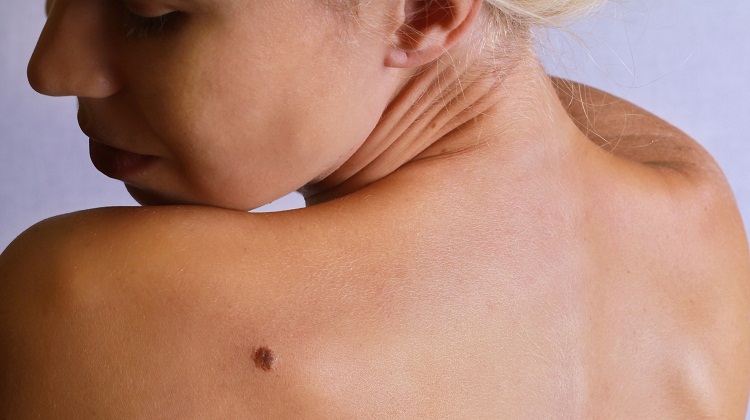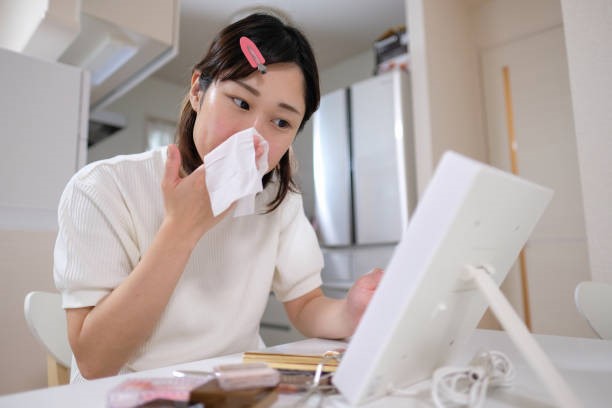
Skin keratosis is a general term used to describe a group of skin conditions characterized by the buildup of keratin on the skin’s surface. Keratin is a protein that forms the protective layer on the skin, hair, and nails. There are several types of skin keratosis, including:
· Actinic keratosis
A type of keratosis that develops on skin exposed to the sun for a long time. It usually appears as rough, scaly patches on the face, scalp, ears, and back of the hands.
· Seborrheic keratosis
A benign skin growth that often appears on the face, chest, back, or shoulders. It is typically brown or black and has a waxy, raised appearance.
· Keratosis pilaris
A common condition characterized by small, rough bumps on the skin, typically on the upper arms, thighs, and buttocks. It often occurs in people with dry skin.
· Keratoacanthoma
A type of skin cancer that typically appears as a small, dome-shaped bump on the skin. It can grow rapidly and may need to be removed surgically.
Treatment for skin keratosis depends on the type and severity of the condition. In some cases, no treatment is necessary; in others, topical creams, cryotherapy, or surgical removal may be recommended. The best Dermatologist in Islamabad can help you in treating this problem.
Treatment for skin keratosis
Skin keratosis is a condition that results in small, rough, raised areas on the skin, typically on the face, arms, and legs. There are different types of keratosis, and treatment can vary depending on the type and severity of the condition.
1. Cryotherapy
This involves freezing the affected area with liquid nitrogen to remove the keratosis.
2. Curettage
This involves scraping the affected area with a sharp, spoon-shaped tool to remove the keratosis.
3. Chemical peels
This involves applying a chemical solution to the affected area to remove the keratosis.
4. Laser therapy
This involves using a laser to remove the keratosis.
5. Topical creams
Prescription creams containing retinoids, salicylic acid, or urea can help soften and remove keratosis.
It’s important to consult a dermatologist to determine the best course of treatment for your specific type of keratosis. In some cases, keratosis may not require treatment if it is not causing any discomfort or cosmetic concerns. However, if you notice any changes in your skin or any new growth, it’s important to seek medical attention to rule out any more serious conditions.
Can a person protect himself from skin keratosis?
While there is no guaranteed way to prevent skin keratosis, there are some steps that may help reduce the risk of developing the condition:
1. Protect your skin from the sun
Regular use of sunscreen with an SPF of at least 30 and wearing protective clothing, such as long sleeves and a hat, can help protect your skin from sun damage that may lead to keratosis.
2. Avoid tanning beds
Tanning beds emit harmful UV radiation that can damage your skin and increase your risk of developing keratosis.
Stay hydrated by drinking plenty of water, and keeping your skin moisturized can help prevent dryness and damage that can lead to keratosis.
3. Quit smoking
Smoking can damage your skin and increase your risk of developing various skin conditions, including keratosis.
4. Be gentle with your skin
Avoid using harsh soaps and scrubbing your skin too aggressively, as this can damage the skin and increase your risk of developing keratosis.
5. Get regular skin exams
Regular skin exams by a dermatologist can help detect and treat any skin changes or growths early before they become more serious.
Remember, while these steps may help reduce the risk of developing skin keratosis, there is no guaranteed way to prevent it. It’s important to consult a dermatologist if you notice any changes in your skin or any new growths, as early diagnosis and treatment can often prevent more serious complications. You need to take the help of Dermatologists for such skin conditions.






